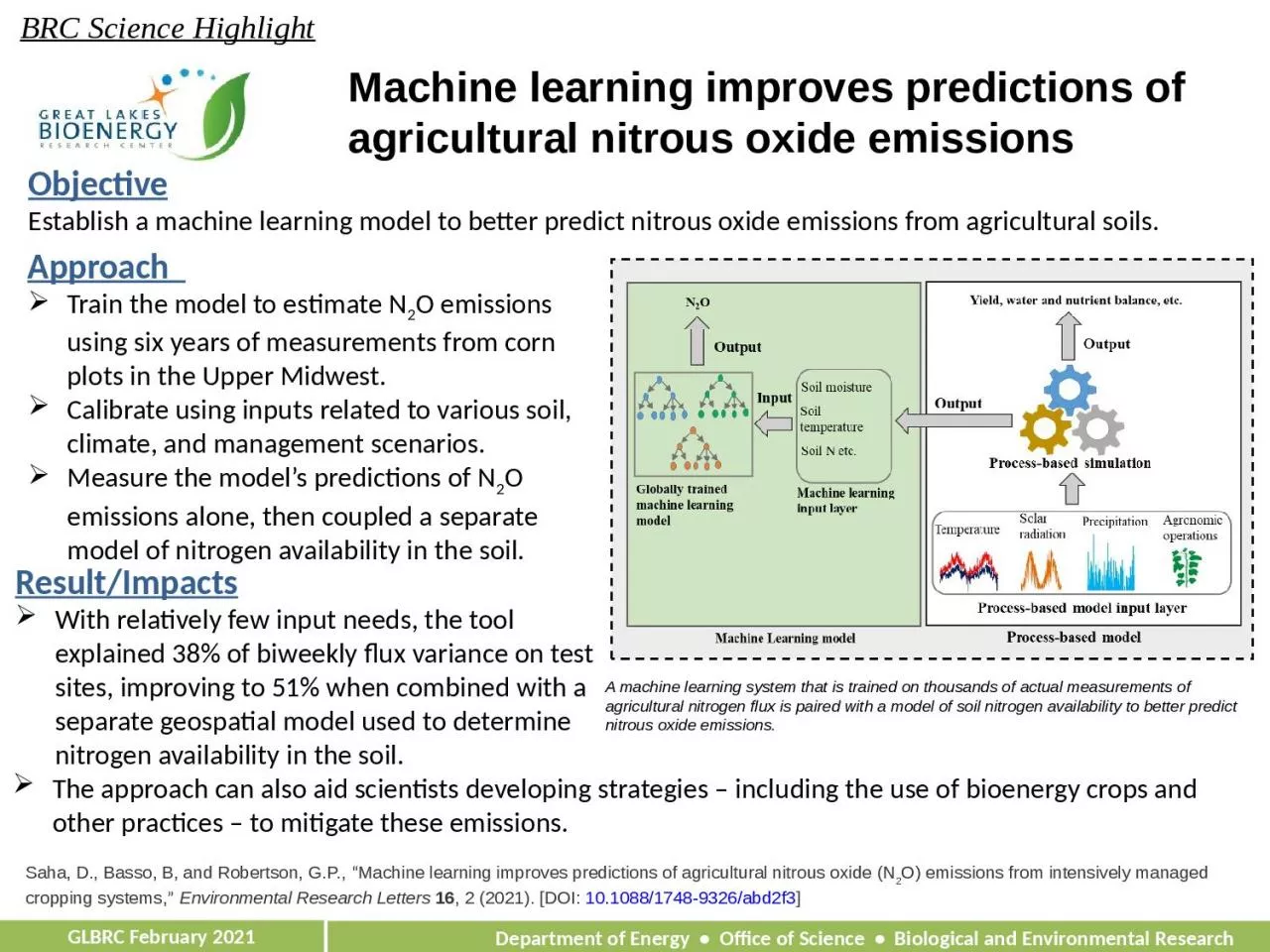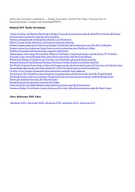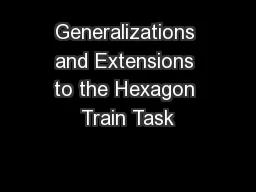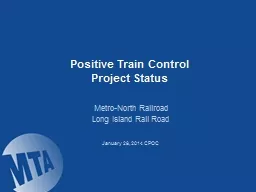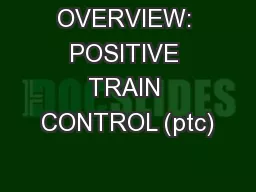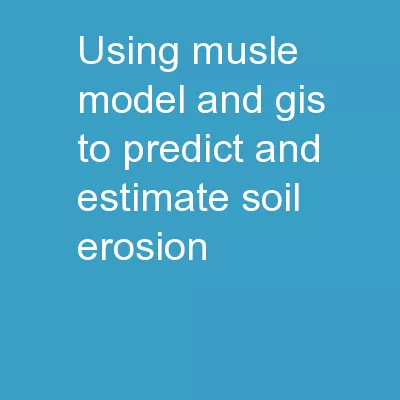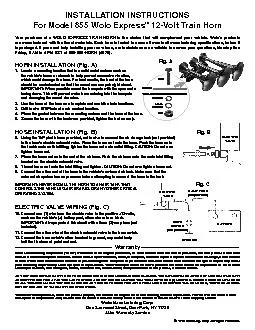PPT-Approach Train the model to estimate N
Author : iris | Published Date : 2023-07-08
2 O emissions using six years of measurements from corn plots in the Upper Midwest Calibrate using inputs related to various soil climate and management scenarios
Presentation Embed Code
Download Presentation
Download Presentation The PPT/PDF document "Approach Train the model to estimate N" is the property of its rightful owner. Permission is granted to download and print the materials on this website for personal, non-commercial use only, and to display it on your personal computer provided you do not modify the materials and that you retain all copyright notices contained in the materials. By downloading content from our website, you accept the terms of this agreement.
Approach Train the model to estimate N: Transcript
Download Rules Of Document
"Approach Train the model to estimate N"The content belongs to its owner. You may download and print it for personal use, without modification, and keep all copyright notices. By downloading, you agree to these terms.
Related Documents

